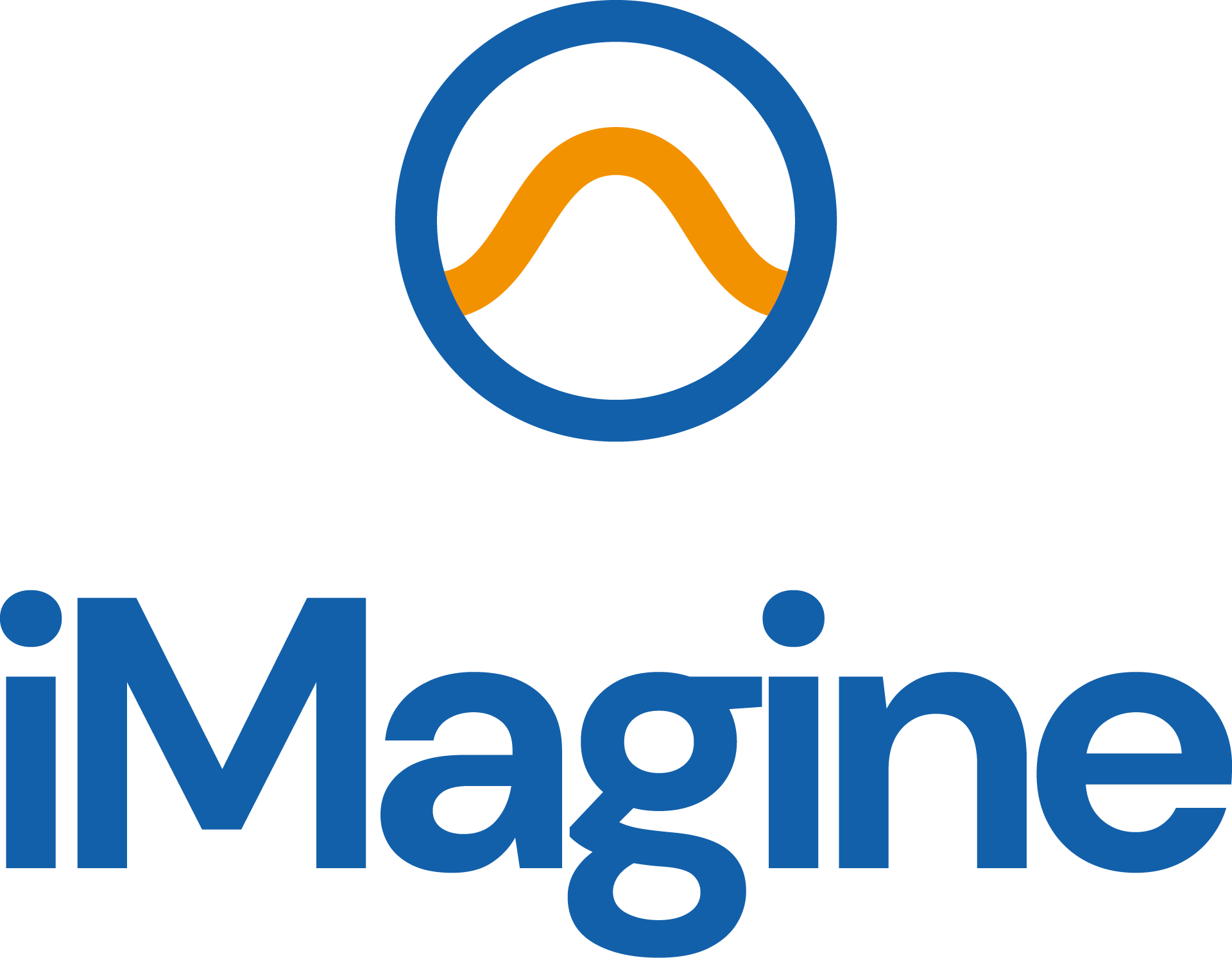- Check this tutorial first
- Log in on the iMagine AI dashboard with any account
- Select the module of interest
- Click on the TRY button on the right. A Gradio interface will open.
Image analysis services for aquatic sciences
Discover the services the iMagine mature use cases are working on.

iMagine Services
Litter Assessment: Identify Floating Plastic for a Cleaner Future
This AI-powered system analyses drone footage to count plastic litter on water surfaces, providing data for targeted cleanups and informed environmental action. Easy to use, it empowers both experts and citizen scientists to track aquatic litter.
